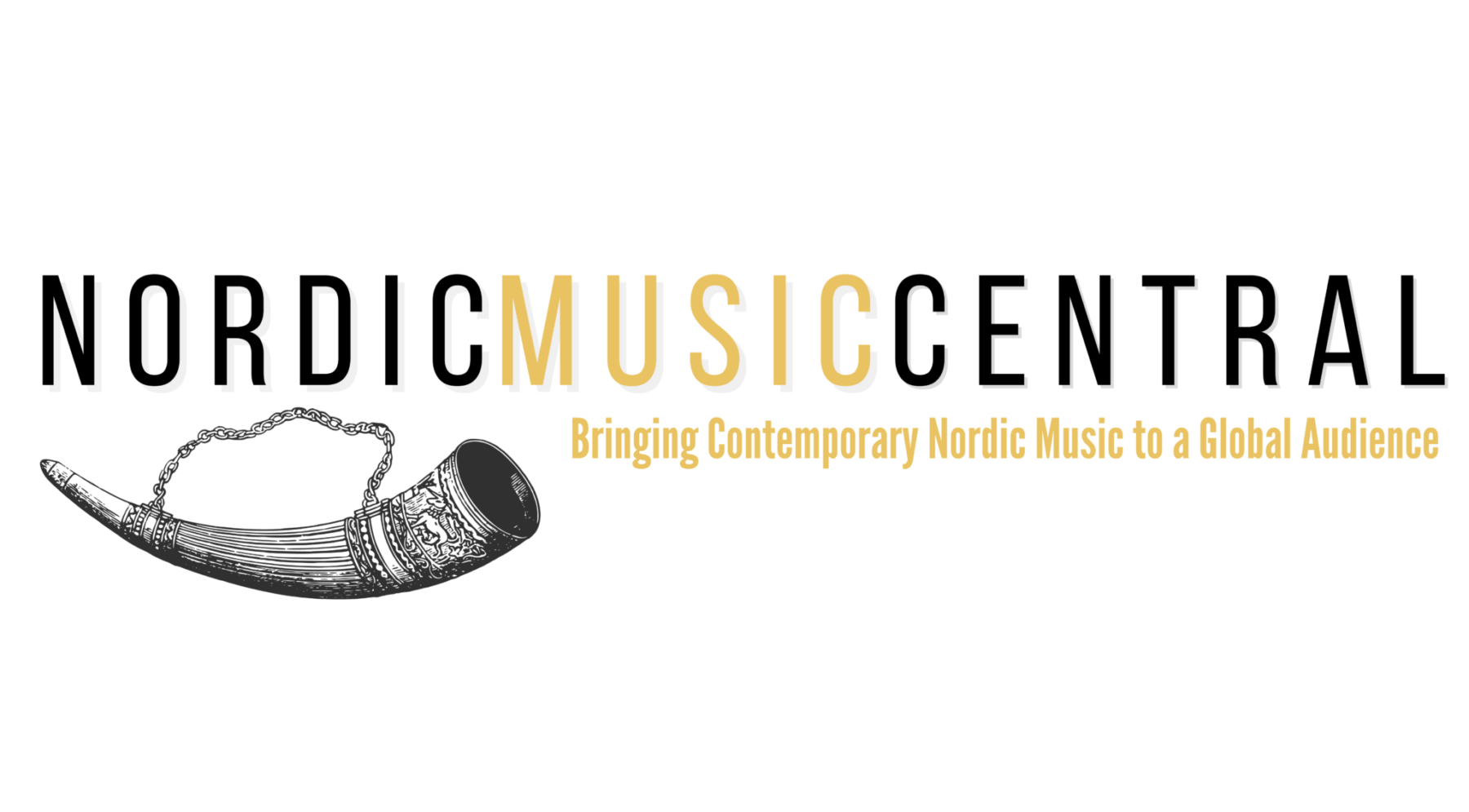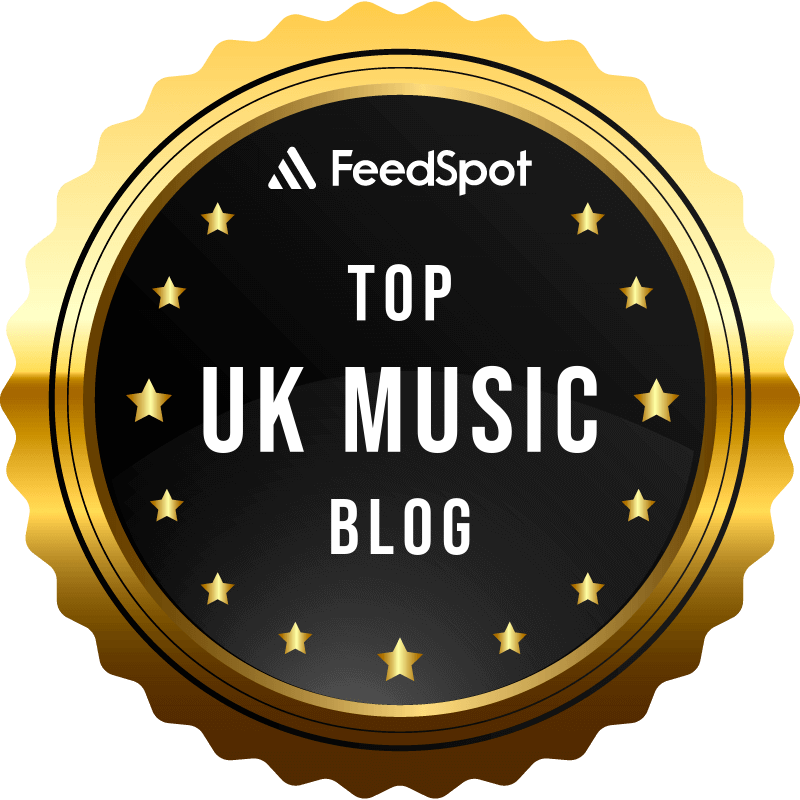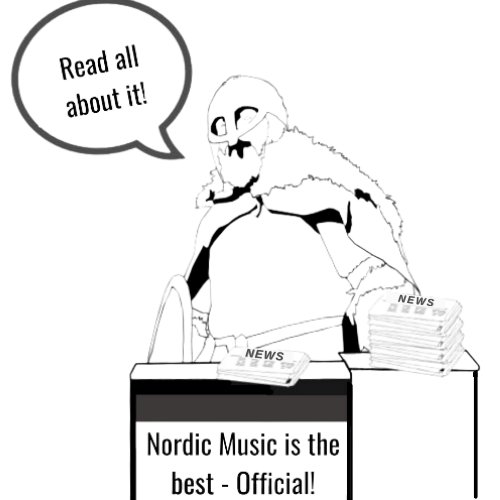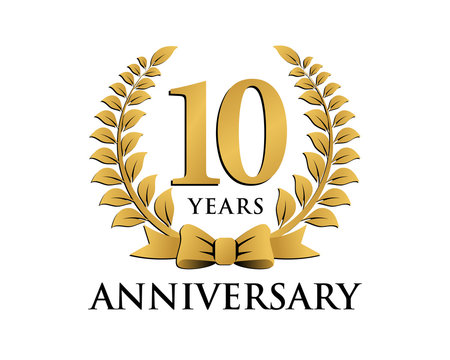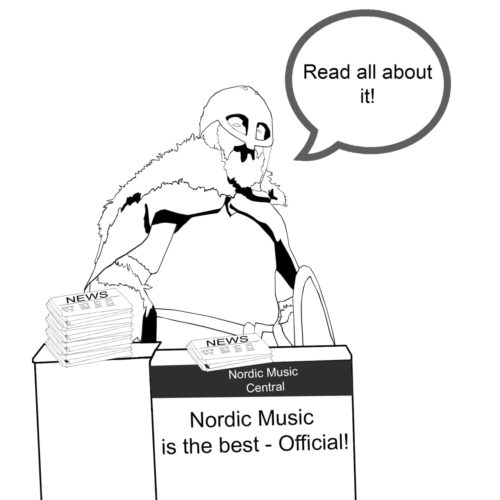I wrote my first formal music review on 22nd October 2014. (Before that I used to put hundreds of comments each week onto YouTube and figured there must be a better way of getting my opinion across!)
The review was a live performance by St Vincent at Manchester’s Albert Hall, where, coincidentally, she also showed up a few days ago. At the time I thought she was one of the leading artists in the world and her indie albums to date a treat.
But she peaked with the album she was touring, the eponymous one, and while the following one contained a few good songs she has become increasingly bizarre and politically demonstrative.
She turned up on the Graham Norton show (a popular lightweight TV programme in the UK) last night (18th October), performing what I can only describe as a tuneless dirge from her recent album, ‘All born screaming’, which of course was accompanied by hysterical applause from Norton, his other guests and the audience.
And that is representative of what the music industry has become in the last decade. If those guests had anything about them they’d have asked Annie Clark “where did you go wrong”?
Take Taylor Swift for example. Quite a good singer, with an instantly recognisable tone. A fairly pretty girl (looks still count). Decent songs, but she works with 13 writers, I hear. And they are almost all drawn out gripes about boyfriends.
That’s the measure of it. The way some people, including politicians, go on, you’d think she was the Second Coming. Politicians here in the UK fawn over her as if lending their support will garner more votes (as indeed does Harris in the US). Some folk have even gone so far as to say she’s more influential than The Beatles. Do me a favour…
I regularly hear Nordic musicians that are better. And I mean that. They just need the confidence to stop living in other people’s shadow.
What else has changed since 2014?
There is a little more politics in songs, but not as much as I expected. More to the point there are very few protest songs, which are a dying breed. The work of Baez, Mitchell, Bragg, Springsteen, Dylan, Seeger, Guthrie, Melanie Safka, Joe Hill (had to throw in a Scandi), even Poly Styrene has been utterly wasted.
There are kids today who have never heard a protest song while they’ve heard hundreds about how Covid lockdowns messed up someone’s love life. (If I heard a single one that criticised Xi Jinping and the Chinese Communist Party for their part in that fuckery that would at least be a start).
There is more music made by machine now than by ‘hand,’ which is sad. While I appreciate that the likes of smartphones, Ableton, Logic Pro and Autotune mean that even I could record a song there’s something about it that disturbs me. Because I don’t have those talents and I don’t want to fool anyone into thinking I have.
I just saw this advert on Facebook, which says it all:
Hold onto your headphones, folks!
SongerAI is about to blow your mind faster than you can say “one-hit wonder.”
Imagine having a personal hitmaker in your pocket, ready to drop beats at your command.
All you need is an idea, and boom! Studio-quality tracks faster than instant noodles.
Ready to be the next big thing? Your Grammy-worthy journey starts here!
Meanwhile ABBA’s digital versions continue to perform their catalogue to a delirious audience in London. That show is promoted as ‘A concert like no other’. How long before they all are digital illusions?
And how long before all music is made by machine? Probably sooner than you think.
Even more disturbing is the open violation of musicians’ rights by blatant AI copying of their voice. If the authorities don’t get a grip on this and the position is reached at which you are unable to tell if you are actually listening to your favourite artist or to an impersonator then the music business is finished.
The ‘band’ has declined hugely. The majority of music now is made by the singer/songwriter or the duo and they absolutely dominate the charts. If you are a band you need to consider your options. (But Nordic Music Central will always support bands).
‘Grassroots’ live music venues are in decline in many towns here in the UK and I assume the position in other countries will be similar. But in major cities it is still the case, at least for now, that when one door closes another opens. I’m happy to see my home town, Oldham, opening an appropriately sized, council-run state of the art venue and hope that other authorities will follow its lead – but public money is tight and will get tighter, very soon.
A recent report has it that in the UK bands tour at only half the rate they did, with artists playing 11 shows on an average tour on the grassroots circuit this year, compared with 22 in 1994.
The lack of venues is one obvious reason but I wonder if there are others. Perhaps there are simply too many artists (supply) for the available demand?
That conclusion is hard to come to when sporting events do not seem to have been adversely impacted by the state of the economy.
But on the other hand several promoters have told me recently that they cannot secure gigs in many towns because venue owners (which increasingly include pubs, which themselves are in decline) are not prepared to take the risks in overhead costs even with artists that are known to be highly talented.
A few years ago The Deaf Institute, a well known Manchester venue which has capacity for 270 people and a couple of separate bars (it is slap bang in the University quarter) revealed that it costs them GB£1000 a gig in overheads to host an event, quite a lot of it in mandated security measures. Ergo, if those overheads are unlikely to be met in revenues the ‘event’ will not come to fruition.
More worryingly still, the report I mentioned above reflects what is being heard about mid-capacity and arena level tours.
Why is that worrying? Well take Manchester for example. A few months ago, the UK’s largest venue, Co-op Live, opened supplementing what was already the UK’s largest, the AO Arena. Both those investments, and particularly the first one, are at least partly predicated on the arena level business growing. If it merely stalls both are in trouble.
And the majority of the artists and bands performing in those arenas fall into the ‘legacy’ category, dating back as far as the 1970s. Those that are on the verge of hanging up their guitars or whatever musos do when they finally retire. How many artists are there coming through to fill that gap? To attract an audience of 20,000+?
And that will have a trickledown effect. Moreover, I have long held that the only realistic way that grassroots music can be supported is if these huge venues (and the stadia that are used by the likes of Swift, Beyoncé, Sheeran etc) pay a small per customer levy to a central fund to help support the grassroots venues and also the musicians that use those big venues should contribute. Even 50 pence per audience member would be better than nothing.
After all, if not for those beginner venues most of those artists would still be unknown.
I think that’s enough for now. Hopefully things will have improved by the time of the 20th anniversary of that first review but I don’t have much confidence it will.
If you want to read more about the issues facing the music business today you can read my review of the Beyond the Music conference which took place in Manchester in October 2023. I didn’t go to this year’s event partly because the agenda looked to be much the same.
